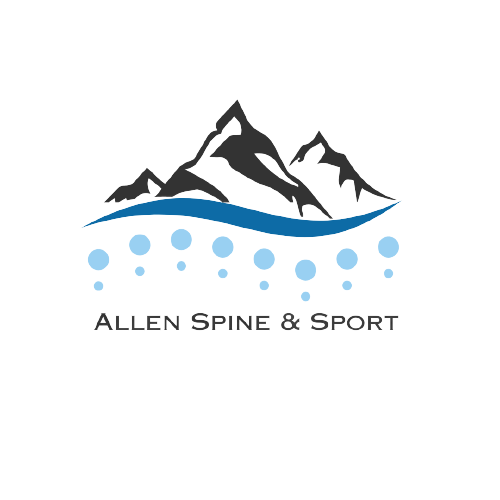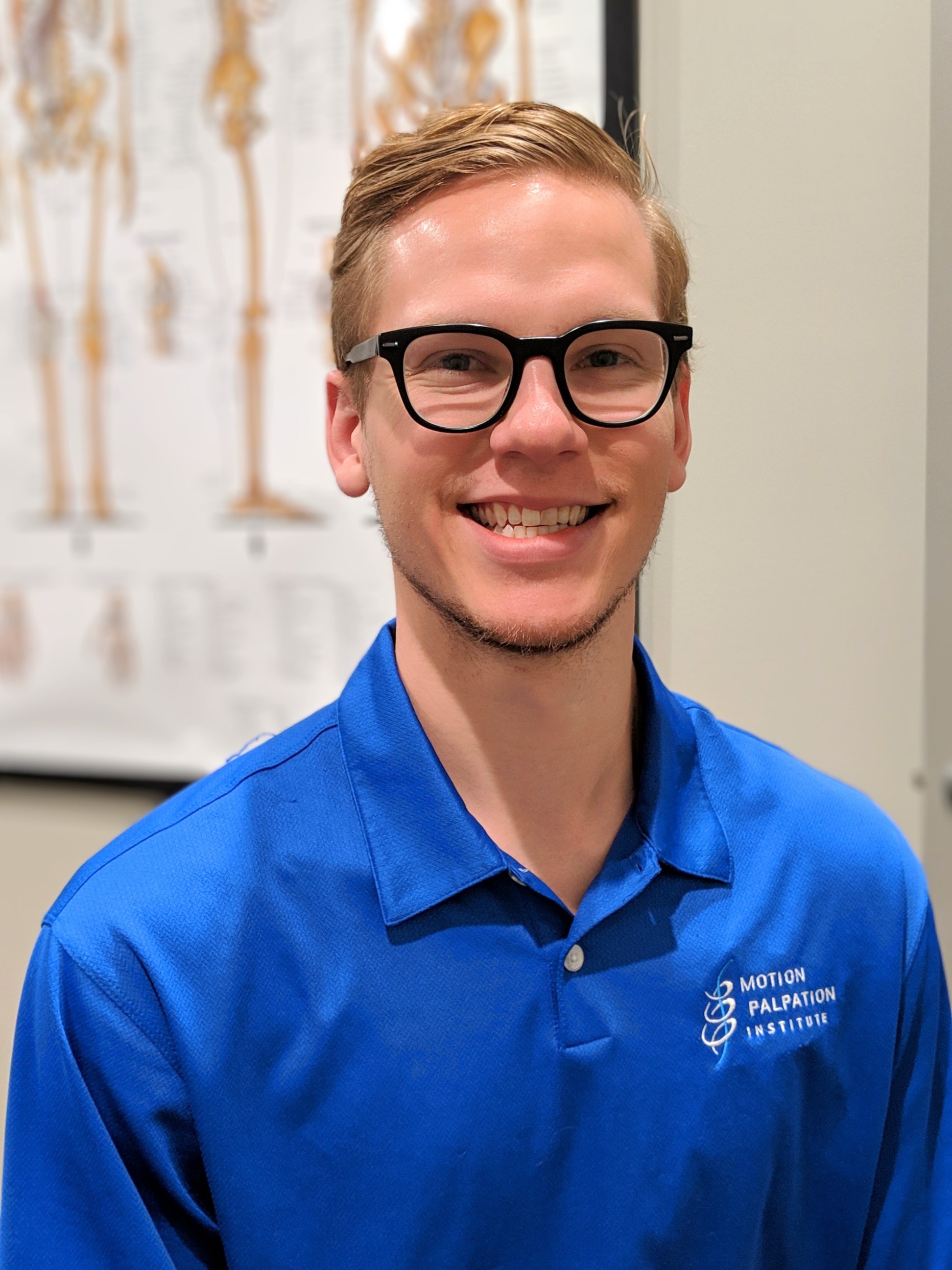Sports Chiropractic for the Cross-Country Runner
As much as we hate to acknowledge it, and although there is still plenty of summer-fun left to be had, back-to-school preparation has begun! One of the best parts about going back-to-school is fall sports! I don’t know about you but my favorite fall sport is cross-country, but I may be a little biased since I ran cross-country and track in high school. Please hold back your “Run Forrest Run!” comments until the conclusion of this blog. Cross-country and long-distance running are very interesting sports because as good as running is for the body, it can also be very stressful on our joints overtime if the training program is progressed too quickly or if we have improper movement patterns. Some of the more common running injuries are plantar fasciitis, stress fractures, ankle sprains, achilles tendonitis, medial tibial stress syndrome (shin splints), patellar tendonitis, patellofemoral pain syndrome (PFPS), iliotibial band syndrome (ITBS), low back pain and of course muscular strains such as the hamstrings, quadriceps, calves, groin muscles and others.
According to Scott Douglas of Runner’s World, out of a group of 933 new runners, 254 met the definition of having a running injury during their first year. Of those injured runners, 15% had shin splints, 10% had patellofemoral pain (runner's knee), 9% had a meniscus injury, 7% had Achilles tendinitis, and 5% had either plantar fasciitis or a soleus injury. Three-quarters of the injuries occurred during a given runner's first 125 miles in the sport. To cite a specific example, individuals with a tight gastrocnemius muscle are 3 times more likely to develop metatarsalgia, plantar fasciitis and metatarsal stress fractures. As far as recovery goes, those with calf strains were back to normal running in an average of 30 to 40 days, while those with shin splints needed an average of 72 days to fully recover. Plantar fasciitis was the peskiest of the common injuries, requiring an average of 159 days to get over.
Chiropractic care can be very beneficial for managing and preventing these conditions, especially with the goal of improving the function of the entire body and therefore preventing re-injury. When we refer to function, we mean improving movement patterns, joint stabilization, muscular activation and overall performance of the body throughout everyday activities and especially during physical activity.
What Do We Do?
In addition to spinal and extremity joint manipulation, chiropractors offer various soft tissue and rehabilitative treatments such as myofascial release, dry needling, Graston or FAKTR instrument-assisted work, kinesiology taping, electrical stimulation, McKenzie therapy (MDT), and dynamic neuromuscular stabilization (DNS) rehabilitative exercises. Each of these modalities are a great supplement and/or primary treatment on their own, however the highest-level and longest lasting results come from integrating these therapies at the right time in your treatment plan.
Importance of Foot and Ankle Function
Most running injuries result from overload of certain joints, muscles, tendons and ligaments. Much of this stress, if not purely from too many miles put on too quickly, is due to improper movement patterns as a result of certain joints having restricted movement and other joints having too much motion. Each foot has 28 bones, 55 bony articulations and a deep muscular system that controls stability of the leg.
Improper activation of those deep muscles can predispose to injury. Also, each of the joints need proper movement for your brain to know where your foot is in time and space. Without that awareness, the knee, hip and spine are being overworked to coordinate movements of the legs. Chiropractic care can help provide proper muscle activation, joint stabilization and mobility. Specifically, a study of a group of chronic ankle instability patients showed improved function after 4 weeks of short foot positioning during balance exercises aimed towards deep foot muscle activation. If you have any questions about this blog or are interested in improving the function of your body, don’t hesitate to visit our website or give us a call!
Dr. Forrest Allen is a sports chiropractor and co-owner at Allen Spine and Sport. He has a passion for integrating spinal and extremity joint manipulation, manual therapies like dry needling, fascial manipulation, etc., and rehabilitative exercises founded in Dynamic Neuromuscular Stabilization (DNS). Visit our website and give our office a call!
References
Chang, A., Hayes, K., Dunlop, D., Song, J., Hurwitz, D., Cahue, S., & Sharma, L. (2005). Hip abduction moment and protection against medial tibiofemoral osteoarthritis progression. Arthritis & Rheumatism,52(11), 3515-3519. doi:10.1002/art.21406
Digiovanni, C. W., Kuo, R., Tejwani, N., Price, R., Hansen, S. T., Cziernecki, J., & Sangeorzan, B. J. (2002). Isolated Gastrocnemius Tightness. The Journal of Bone and Joint Surgery-American Volume,84(6), 962-970. doi:10.2106/00004623-200206000-00010
Douglas, S. (2019, March 11). Shin Splints are Most Common New Runner Injury. Retrieved from https://www.runnersworld.com/health-injuries/a20791449/shin-splints-are-most-common-new-runner-injury/
Fredericson, M., Cookingham, C. L., Chaudhari, A. M., Dowdell, B. C., Oestreicher, N., & Sahrmann, S. A. (2000). Hip Abductor Weakness in Distance Runners with Iliotibial Band Syndrome. Clinical Journal of Sport Medicine,10(3), 169-175. doi:10.1097/00042752-200007000-00004
Sauer LD, Saliba SA, Ingersoll CD, Kerrigan DC, Pietrosimone BG, Hertel J. Effects of
rehabilitation incorporating short foot exercises on self-reported function, static and dynamic balance in chronic ankle instability patients. National Athletic Trainers’ Association Annual Meeting & Clinical Symposium, June 2010, Philadelphia, PA. Reprinted in: Journal of Athletic Training, 45: S67, 2010.
Sherry, M. A. (2004). A Comparison of 2 Rehabilitation Programs in the Treatment of Acute
Hamstring Strains. Journal of Orthopaedic and Sports Physical Therapy. doi:10.2519/jospt.2004.1062



